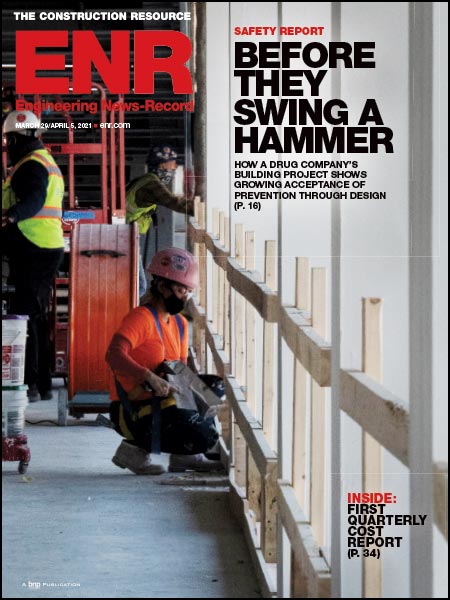Corrosion's High Cost: Rust Never Sleeps
Even though corrosion causes substantial damage to U.S. infrastructure every year, “corrosion is not well understood,” says Ted Greene, professor of mechanical engineering at the Wentworth Institute of Technology, Boston.
Receiving support from NACE International—originally known as the National Association of Corrosion Engineers—a Federal Highway Administration study on the direct costs associated with metallic corrosion in nearly every U.S. industry sector suggested the total annual estimated direct cost in the U.S. is $276 billion, about 3.1% of the nation's GDP. When indirect costs are included, that total is estimated to be as high as $552 billion.
The corrosion of metals depends upon environmental factors, Greene says. Galvanic corrosion is an electrochemical process involving the transfer of electrons from one metal to another when the metals are immersed in some type of electrolyte, such as saltwater. While immersed, the opposing metal will form ions and dissolve in what is known as corrosion.
There is a greater risk of corrosion in a tunnel or any underground structure in which humidity levels are high, Greene says. “Cars from Maine, where the humidity is high, may pretty nearly rot out over time, while corrosion in cars from Arizona may be negligible because the climate is so dry,” he says.
Concrete, which contains different types of chlorides and can produce a stronger electrolyte, can aggravate corrosion when it gets wet, he says. For example, many bridges in Massachusetts are made with reinforced concrete using steel or rebar. Over the decades, that steel corrodes and builds up pressure from within, causing the concrete to crack, Greene says.
While many corrosion cases occur naturally, Greene says the problem is exacerbated by a lack of awareness. “Technical engineers need to be more aware of the concerns of corrosion potential and how to alleviate those problems,” he says.



